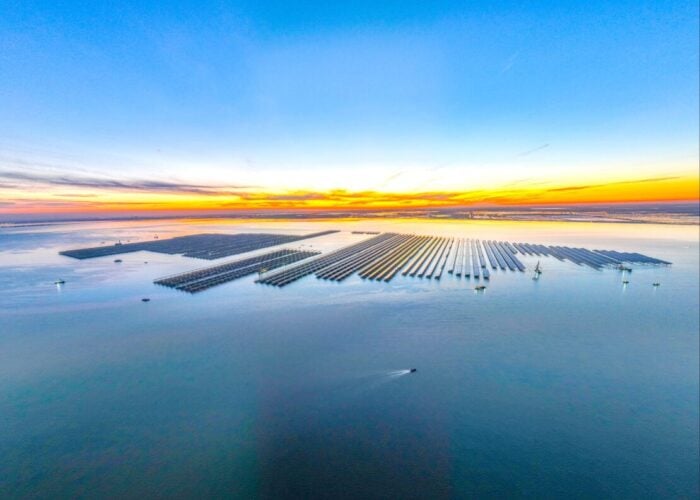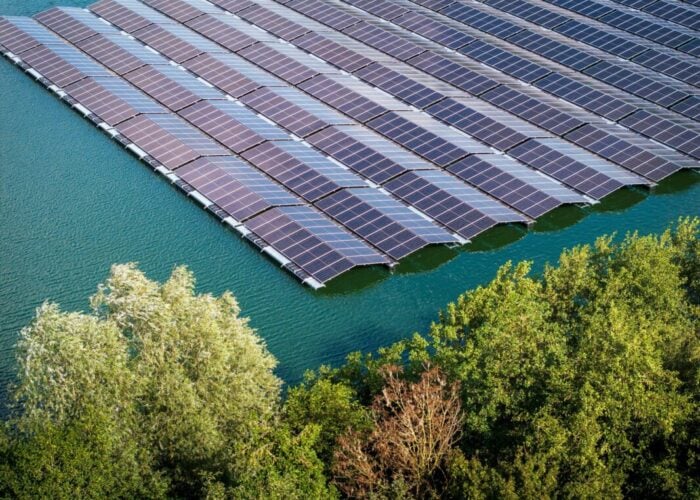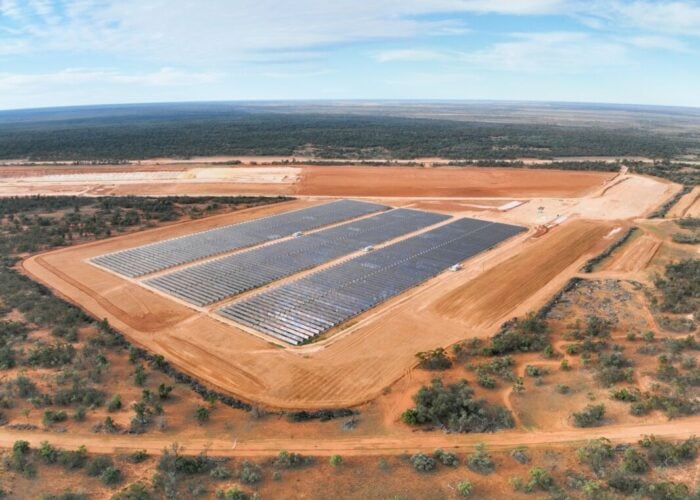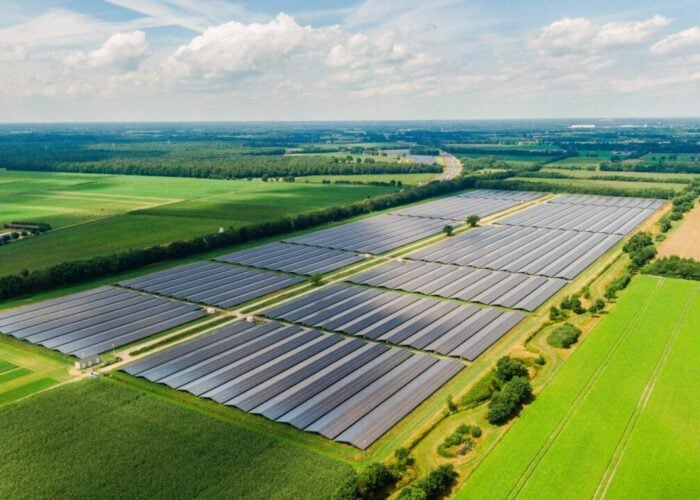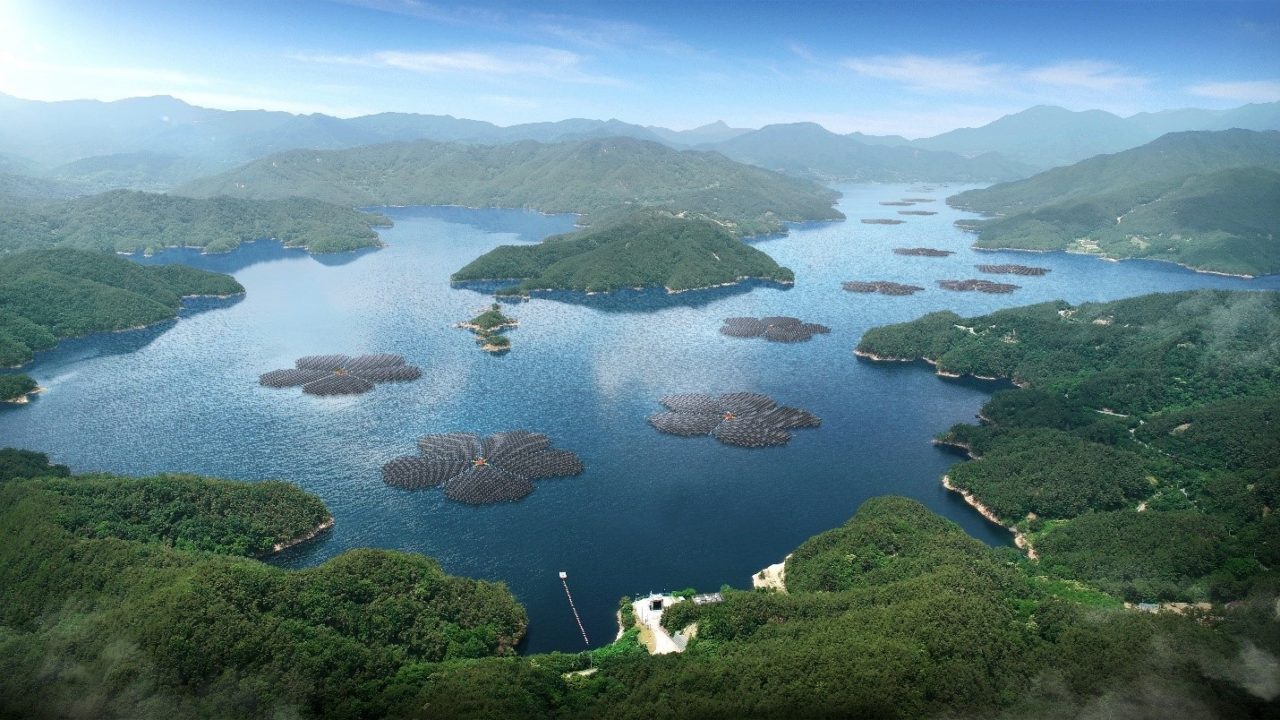
Q CELLS has revealed plans to develop a 41MW floating PV (FPV) power plant in South Korea that is set to rank among the world’s largest solar projects built at a dam.
Located in Hapcheon County, in the south of the country, the project will use Q CELLS’ Q.PEAK DUO Poseidon Edition panels and feature a design inspired by the plum blossom, the symbolic flower of the local area.
Try Premium for just $1
- Full premium access for the first month at only $1
- Converts to an annual rate after 30 days unless cancelled
- Cancel anytime during the trial period
Premium Benefits
- Expert industry analysis and interviews
- Digital access to PV Tech Power journal
- Exclusive event discounts
Or get the full Premium subscription right away
Or continue reading this article for free
Q CELLS won the rights to develop the Hapcheon Dam floating solar project in August from K-water (the Korea Water Resources Institute), with the company planning to begin construction by the end of the year using a combination of onshore solar and floating structure technology.
Citing results from four tests carried out at the site by the Korea Environment Institute, Q CELLS said “there was scientific consensus that the PV power plant will have no negative environmental impact”. Studies on water quality and aquatic ecology were said to reveal no significant difference between the water area covered by floating solar and the uncovered area.
“This floating PV will produce eco-friendly electricity by utilising the idle water surface at the dam. This is the best solution for utilising the limited land area in the region,” Hee Cheul Kim, CEO of Q CELLS, said.
South Korea was identified as a key market for floating solar in a recent Fitch Solutions report which estimates that nearly 10GW of capacity will be installed globally in the next five years, with Asia currently dominating the technology’s project pipeline. While FPV represents less than 1% of the world’s installed solar capacity, the consultancy notes that a better understanding of its benefits is leading to increased interest in the technology.
Indeed, Q CELLS, which revealed plans for 80MW FPV park in South Korea in 2017, said the technology can provide up to 10% higher power generation compared to onshore PV thanks to less shadowing influence and the cooling effect of the water.
South Korea will also be the location of the world’s largest floating solar facility, to be developed behind the Saemangeum Seawall on the country’s west coast with a capacity of 2.1GW. Generating 1.6 million jobs, the facility will be built in two stages, with the first 1.2GW set to come online in late 2022 and the remainder in 2025.

